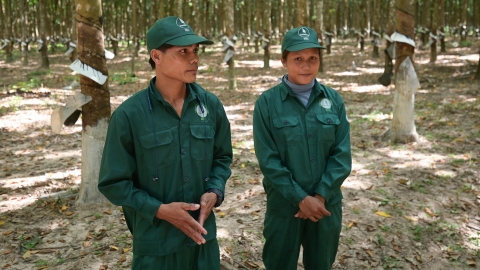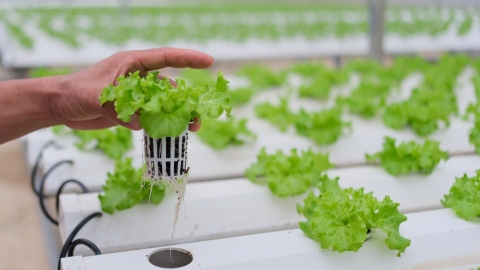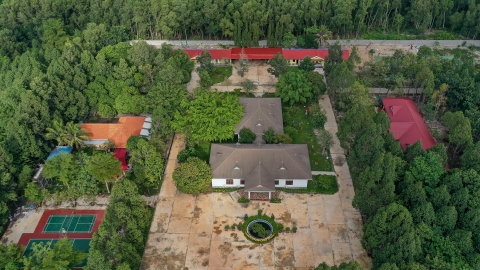The renowned 'knights' of the Langbiang forest
Chủ Nhật 01/10/2023 , 09:37 (GMT+7)(VAN) Khiet, Thang, Dap, Tri from the K'Ho ethnic group, along with their team leader Dang Van Thanh, are known as the 'knights' of the highland Langbiang forest due to their activities in disarming traps.
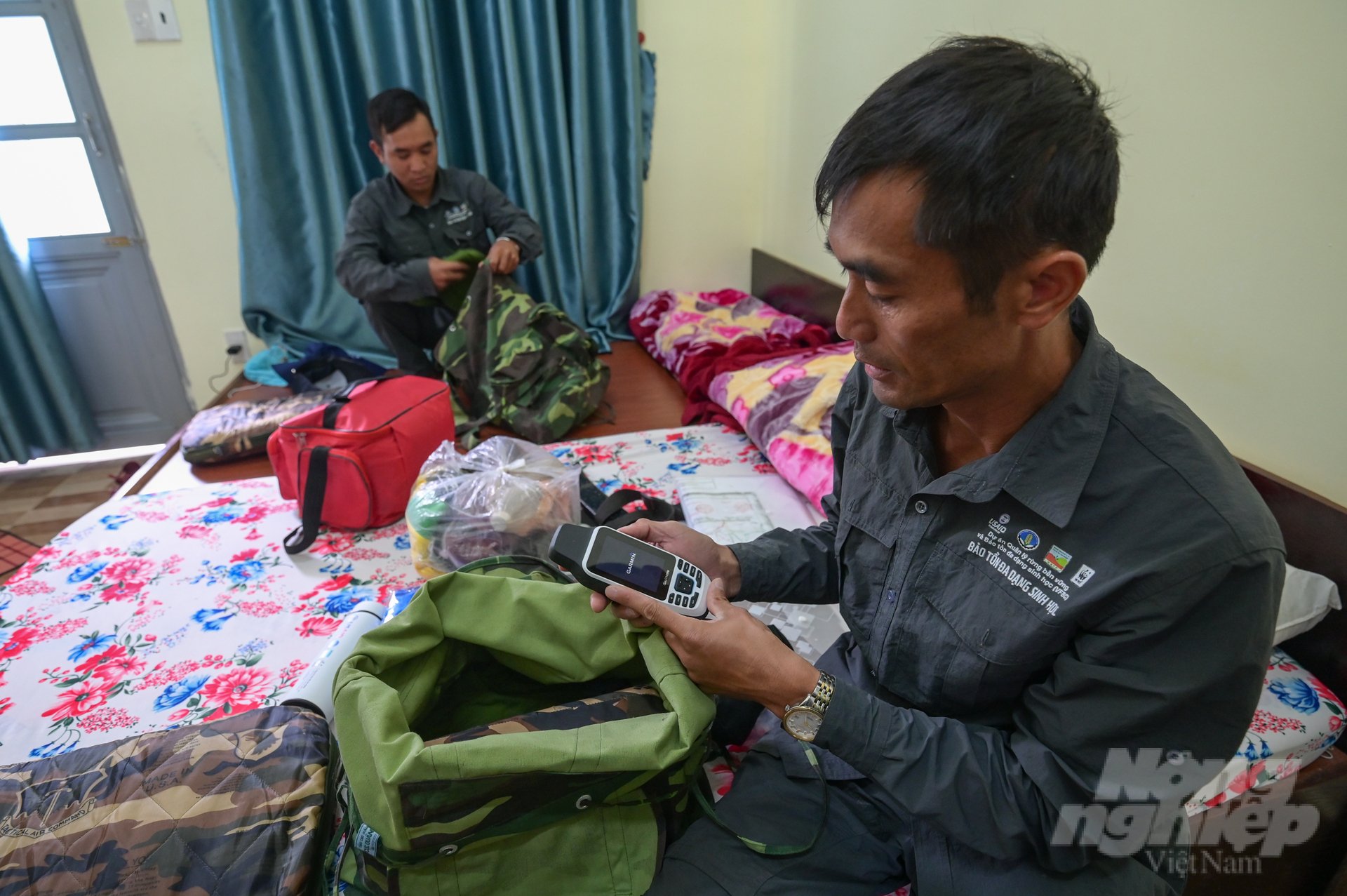
Mr. Dang Van Thanh (right) serves as the team leader of the Trap Disarming Patrol Team, under the Management Board of the Da Nhim Headwaters Conservation Forest, established in April 2023. The team's mission is to conduct patrols, seek out, and disarm various animal traps within the jurisdiction of the Management Board. The Management Board of the Da Nhim Headwaters Conservation Forest is responsible for overseeing nearly 46,700 hectares of forests in Lac Duong district, Lam Dong province. These forests mainly consist of coniferous trees, with a smaller portion being evergreen broadleaf forests. These forests are home to various wildlife species such as wild boars, deer, porcupines, and pangolins.
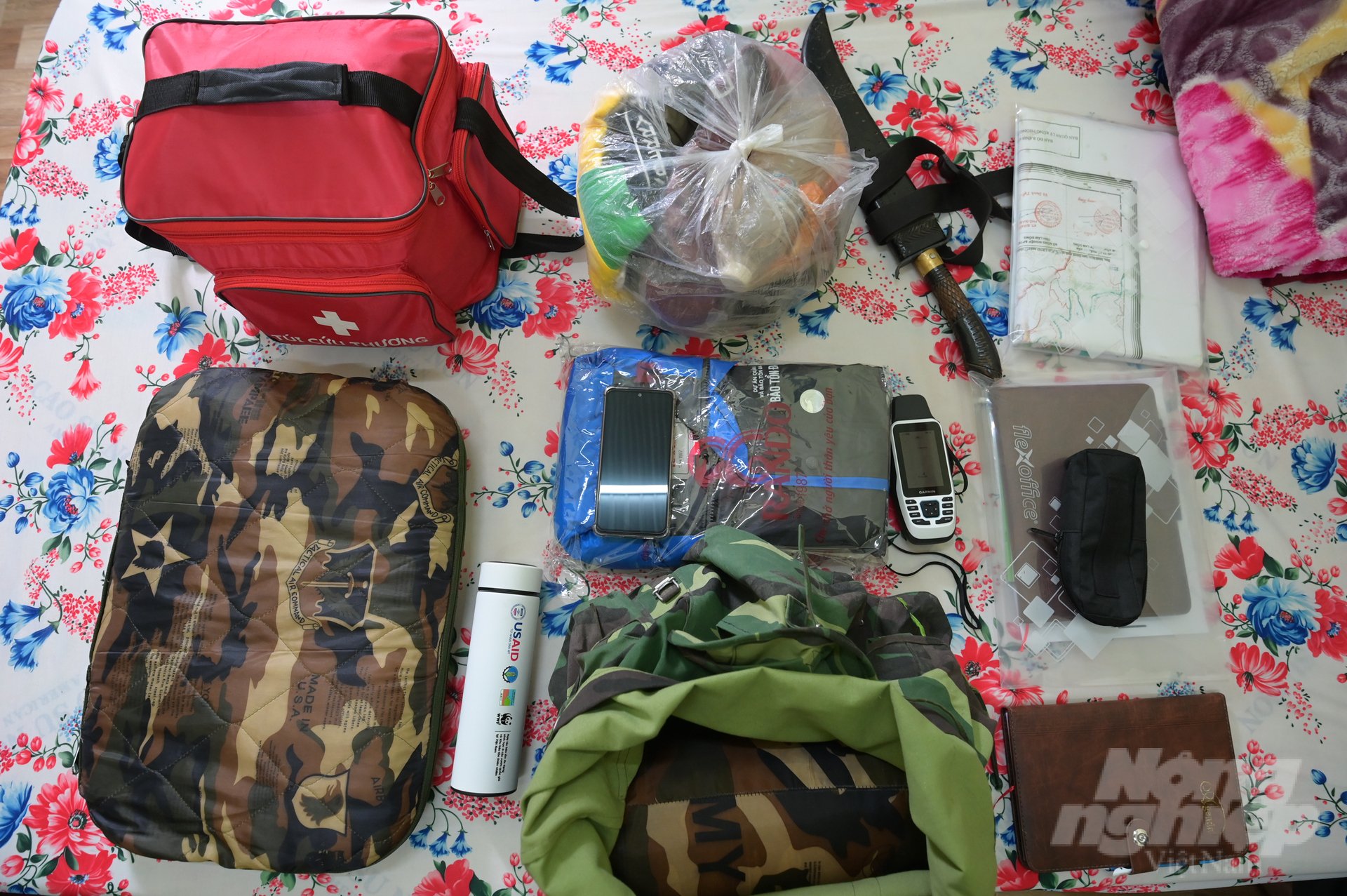
Before each expedition, the five team members, including Mr. Thanh and the four K'Ho youth, must prepare appropriate equipment and supplies tailored to the specific route of the day. Essential items in their preparation include protective gear, clothing, backpacks, maps, GPS devices, binoculars, smartphones, sleeping bags, hammocks, and knives. Additionally, for longer expeditions, they need to stock up on rice, water, meat, fish sauce, dried fish, etc., in addition to ensuring that their gear remains as lightweight as possible.
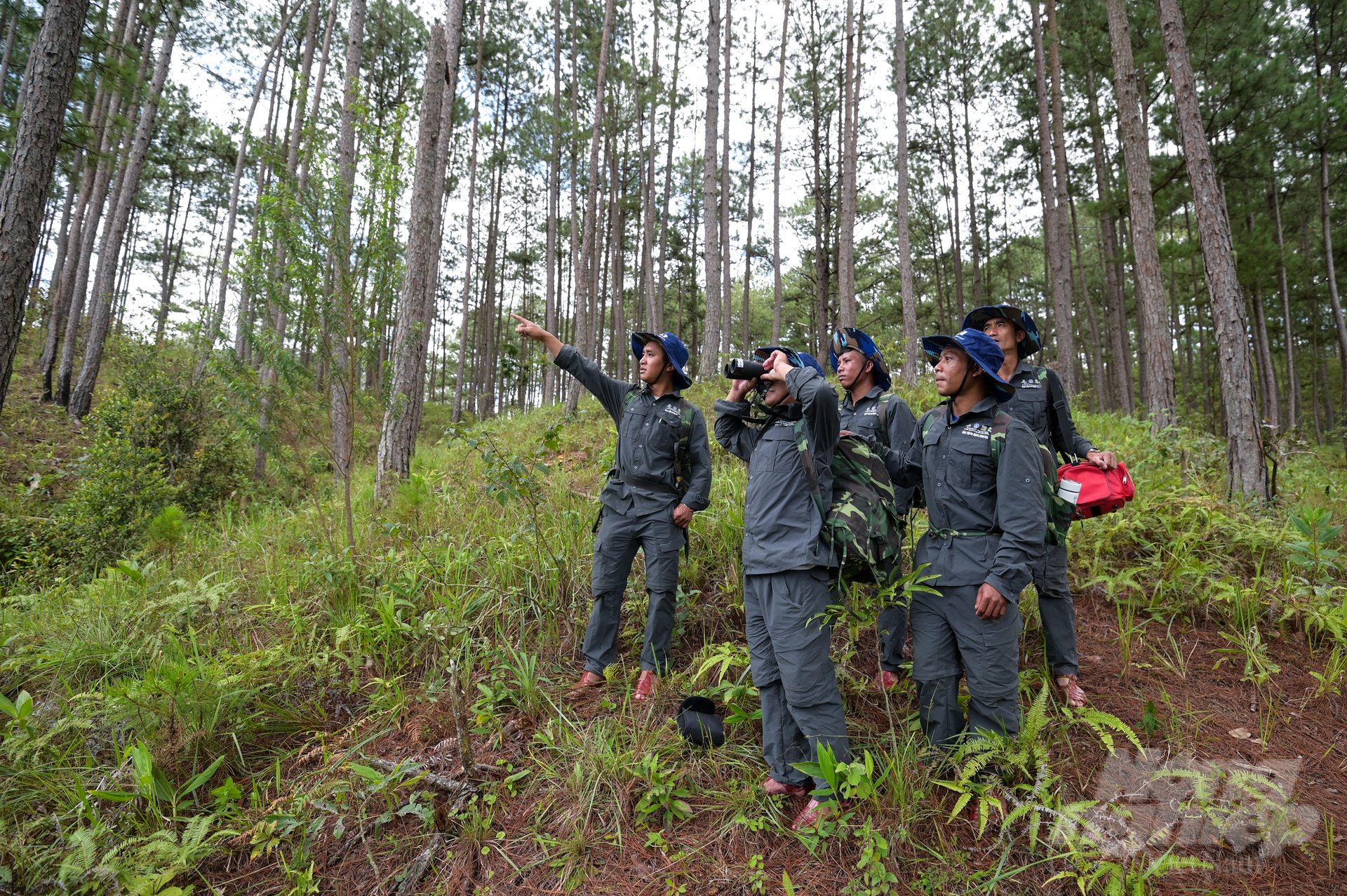
In addition to their regular equipment, the team members must also utilize GPS devices and smartphones when venturing into the forest. These devices not only help determine their location but also track their journey and compile detailed reports for each patrol. The team leader is responsible for operating these devices and documenting the patrol activities for the entire team.
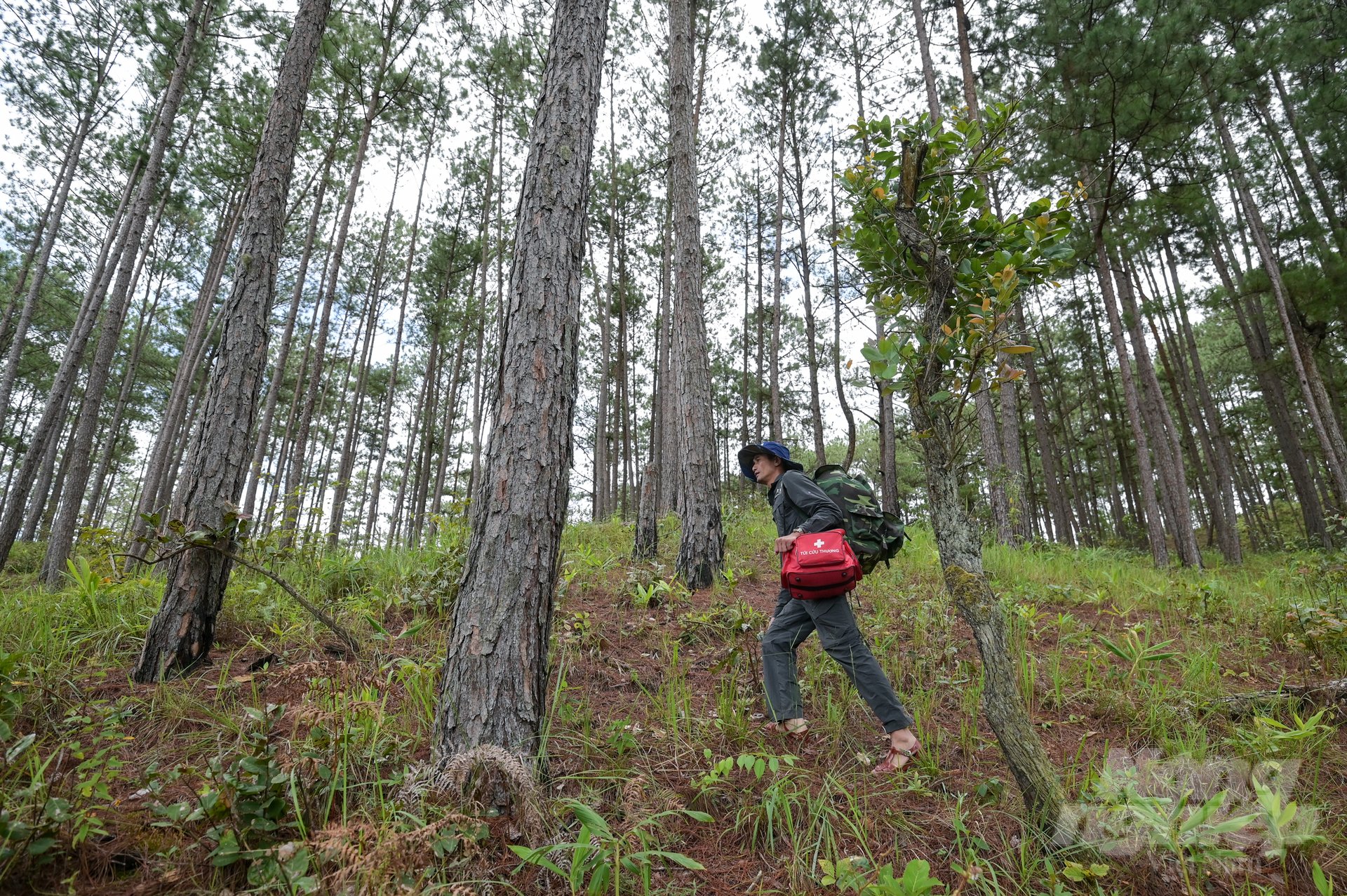
These changes have been achieved through the "Vietnam Forest and Biodiversity Conservation" (VFBC) Project, with fund from the USAID. Accordingly, the Biodiversity Conservation component was implemented by the World Wide Fund for Nature (WWF) in collaboration with the Ministry of Agriculture and Rural Development. The project has provided training for 16 technical staff to proficiently use advanced SMART applications and manage the SMART system. As a result, SMART is currently effectively employed by all patrols and monitoring stations under the Management Board of the Da Nhim Headwaters Conservation Forest, enhancing monitoring and managerial efforts as a result.
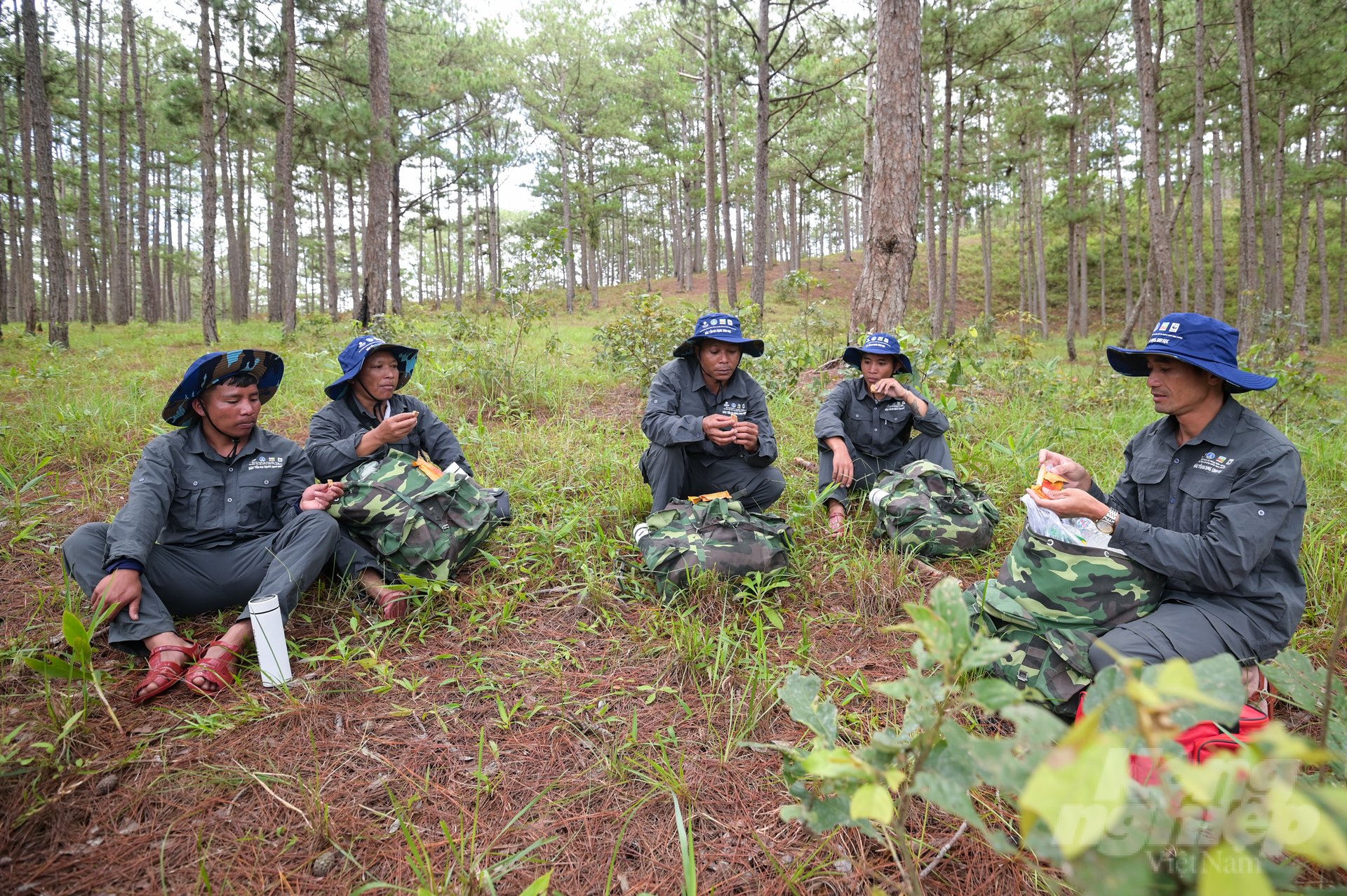
Mr. Dang Van Thanh (pictured, right-most) and four young K'Ho members, namely Lieng Jrang Ha Khiet born in 1990, Lo Mu Ha Thang born in 1992, Ko Sa Ra Dap born in 1999, and Kra Jan Ha Tri born in 1999, often takes a break on a pine hill while conducting a short patrol to inspect and search for forest traps. During their break, they typically consume light snacks such as bread, dry provisions, biscuits, and bottled water.
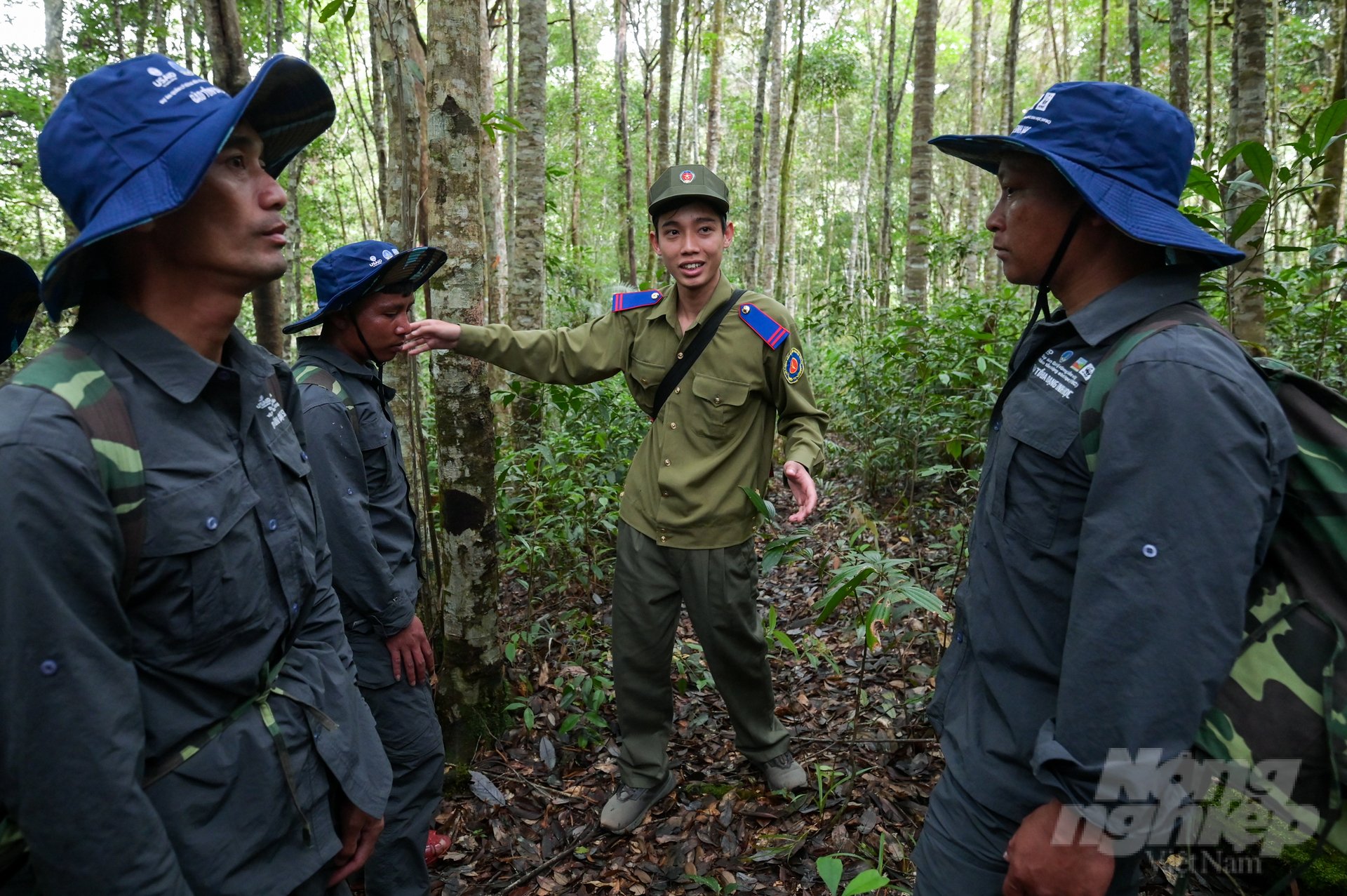
In addition to the members of the Trap Disarming Patrol Team, forest rangers or technical staff from the Forest Protection Department under the Management Board of the Da Nhim Headwaters Conservation Forest during their forest patrols. They often travel together but split into small groups during searches. Most notably, members of individual teams must ensure that they can maintain visual contact with one another at all times.
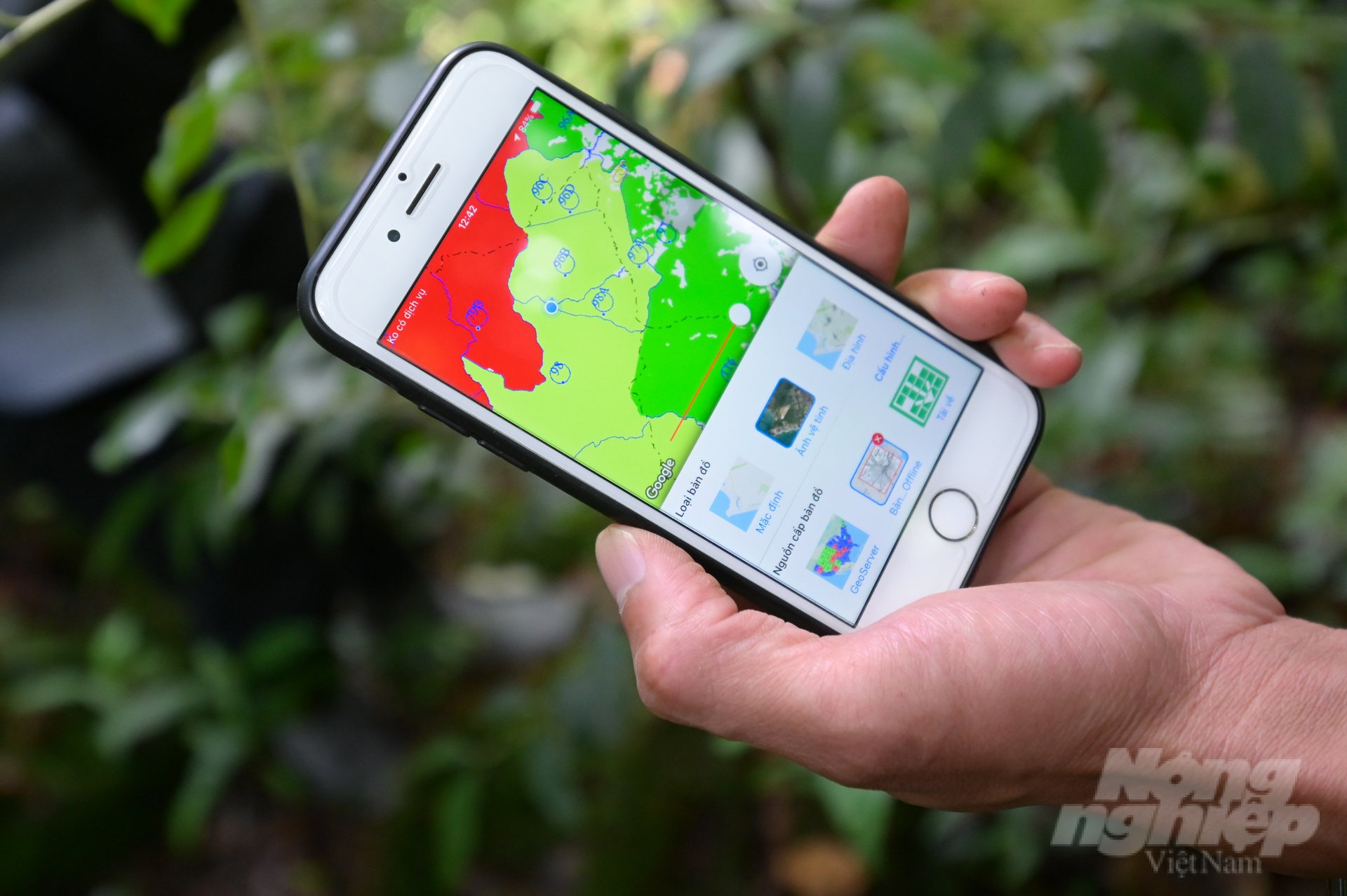
The GPS positioning system supports the patrol team members in carrying out their missions on the road and in building detailed reporting systems for each patrol. According to Mr. Dang Van Thanh, each team member will conduct patrols for 16 days per month, including routes of varying lengths and durations, with the longest lasting 5 days and the shortest lasting 1 day. However, their possibility of patrols is also weather-dependent. If there is prolonged rainfall, the team cannot undertake longer journeys.

Commonly encountered traps in the Da Nhim headwater forest consist of snare traps, spring-loaded traps (as pictured), and drawstring traps. The above photo illustrates a spring-loaded trap made of rusty steel, camouflaged with forest leaves, placed on frequently used animal trails. Without guidance from the patrol team members, most people will not be able to detect this trap. As pictured, it consists of two steel arms buried beneath layers of dry leaves.
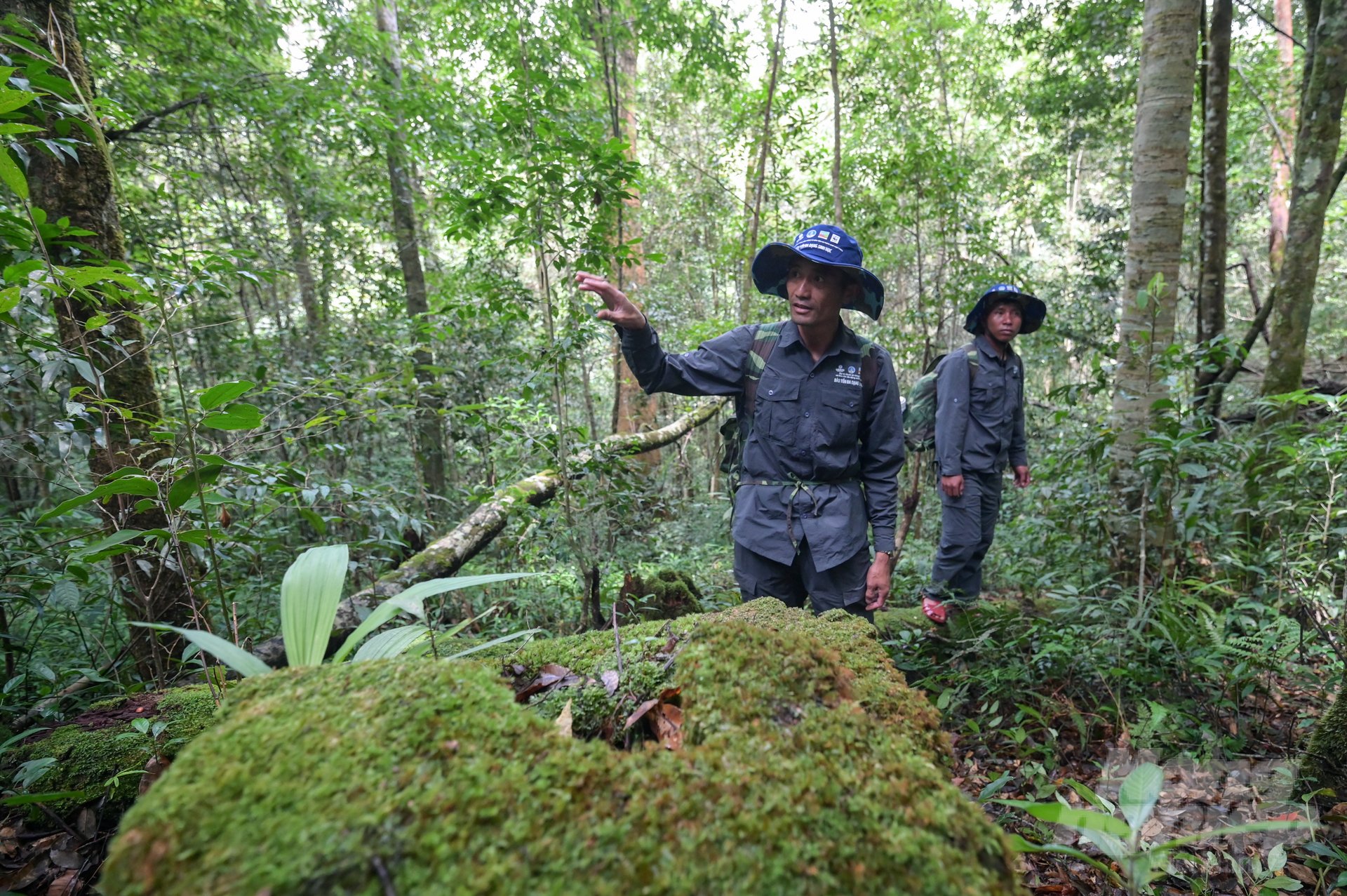
According to team leader Thanh, when the patrol team detects a trap, the members signal one another with the use of hand gestures instead of shouting or making loud noises to avoid disturbing the wildlife in the area. In order to enhance the capabilities of team members, the VFBC project has provided training in patrol skills, first aid, and patrol safety. Consequently, patrol team members can carry out their patrol missions effectively, as well as inspect and remove animal traps in the field.
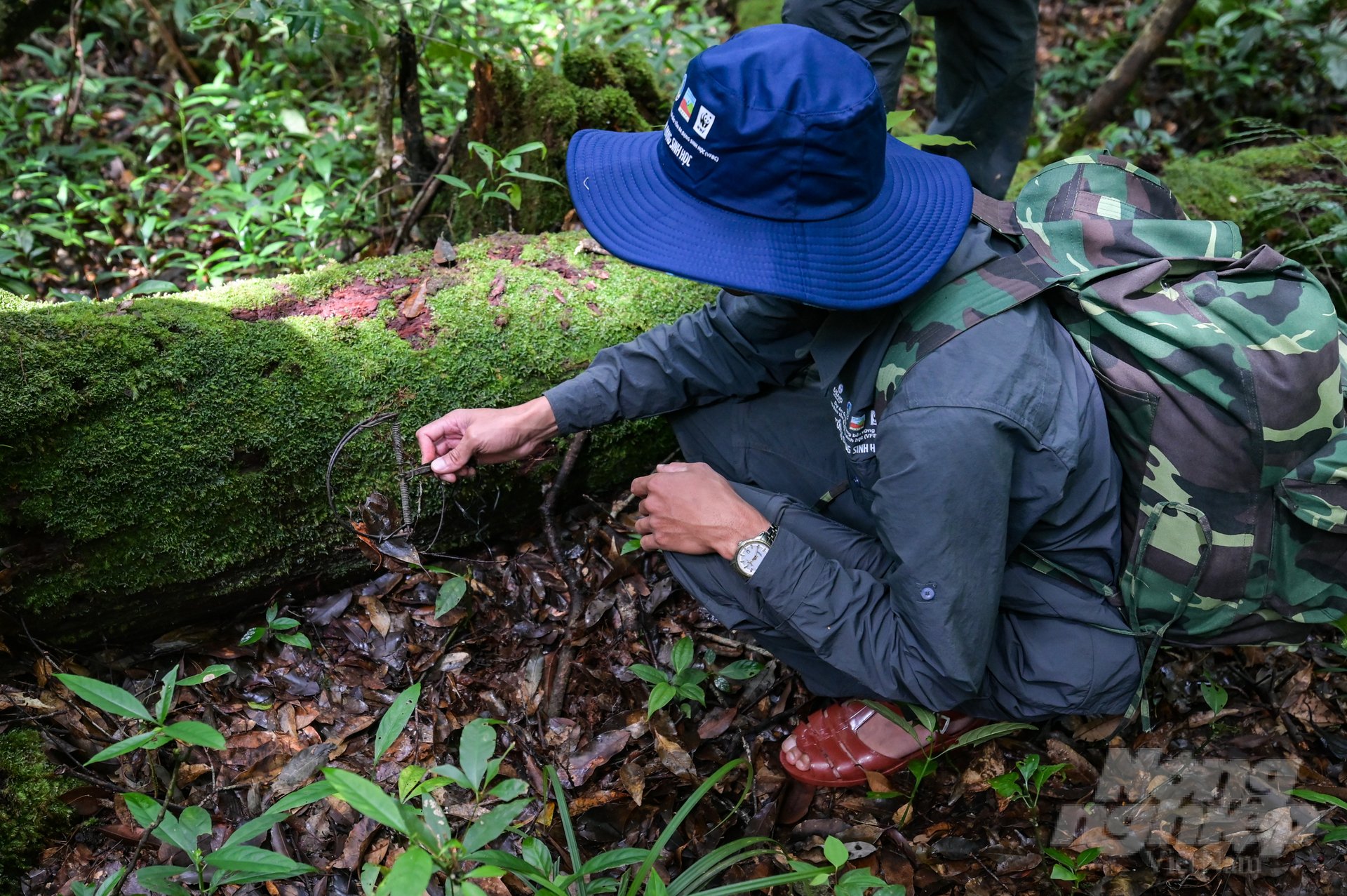
The above photo illustrates a spring trap designed for small animals being disarmed by the patrol team members in the evergreen broadleaf forest area under the management of the Board. Since its establishment in April 2023, the members of the trap disarming patrol team have conducted patrols for approximately 400 labor-days in the field and removed roughly 60 traps of various types.
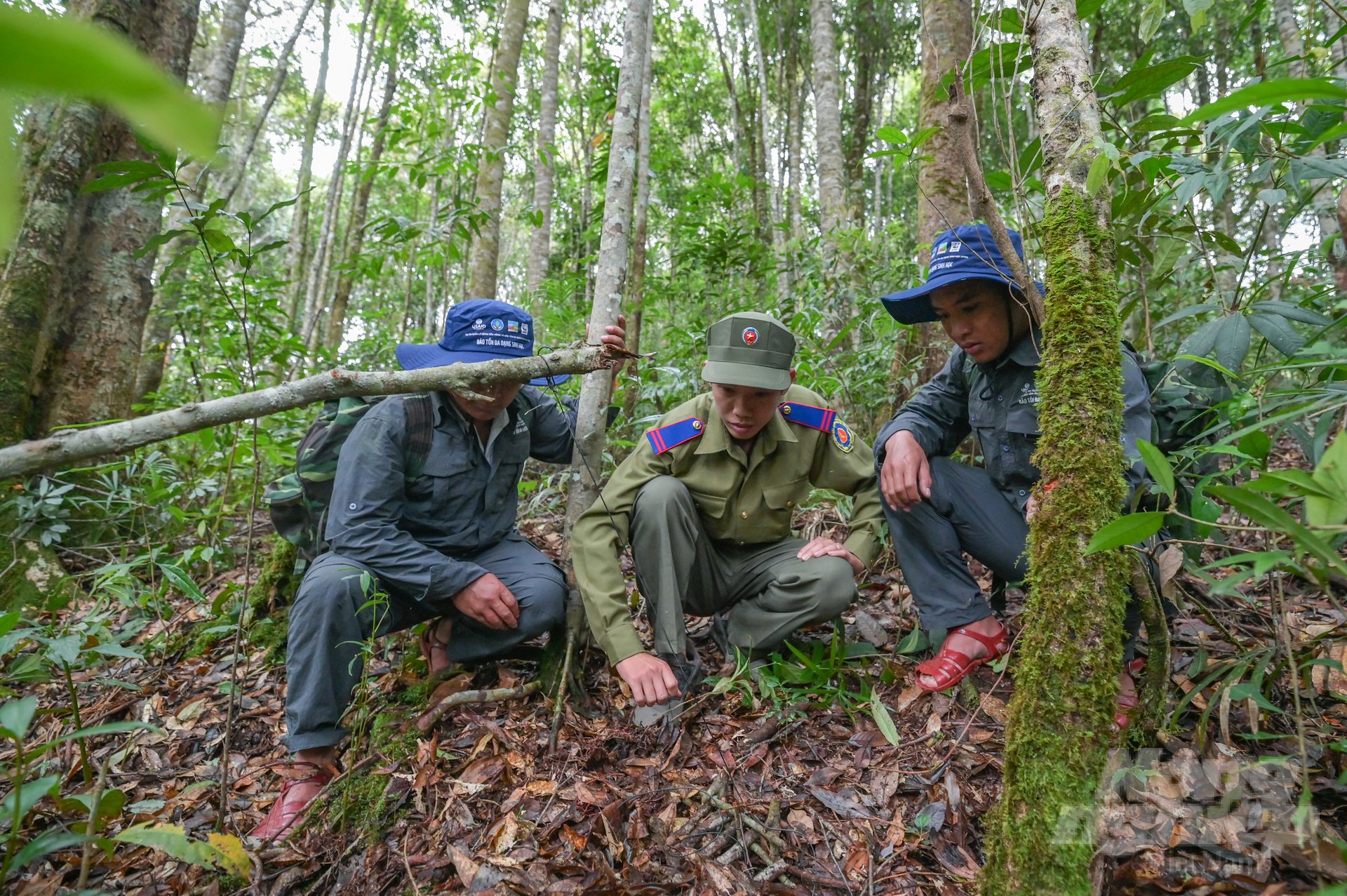
According to Mr. Trinh Cong Quyen (pictured, middle), a staff member from the Technical Department under the Management Board of the Da Nhim Headwaters Conservation Forest, all members of the patrol team are highly skilled in forest navigation. Additionally, as indigenous people, they have a deep understanding of the habits and operational methods of hunters, as well as their employment of traps. This knowledge enables them to fulfill their duties effectively. The youth patrol members from the K'Ho ethnic group have expressed that their participation in the patrol team has yielded stable and improved income when contrasted with their previous predominantly agrarian occupations.
Translated by Nguyen Hai Long


